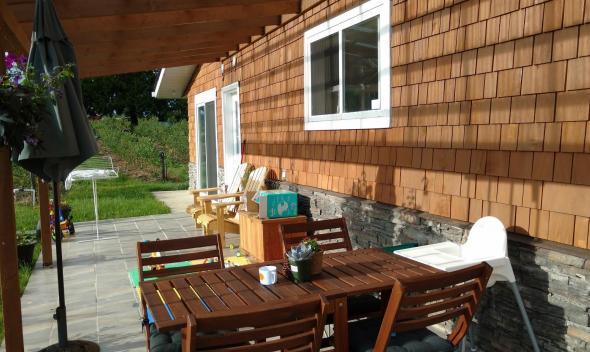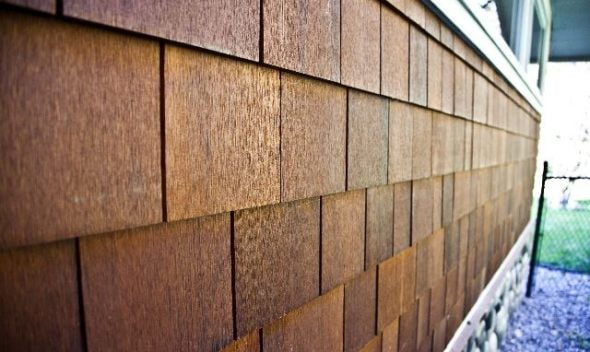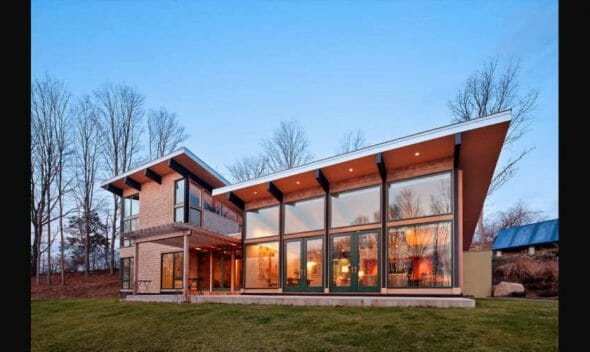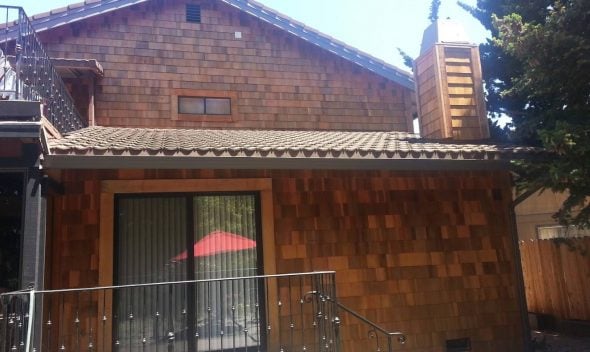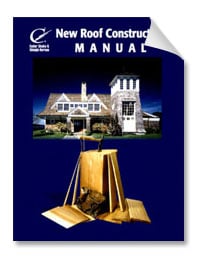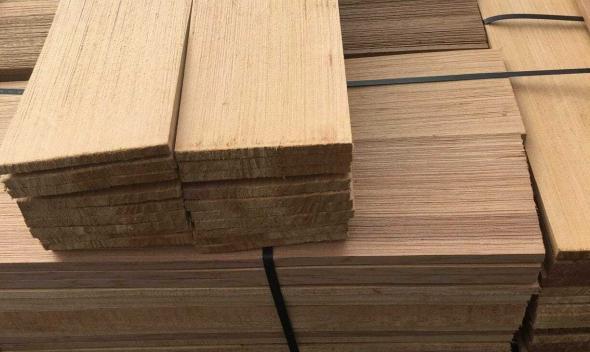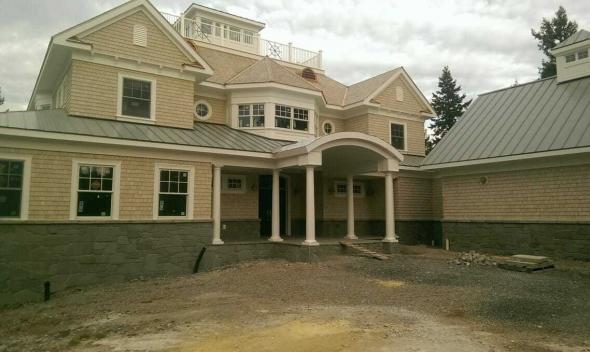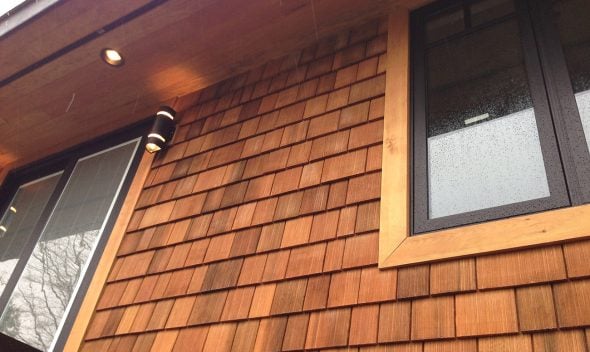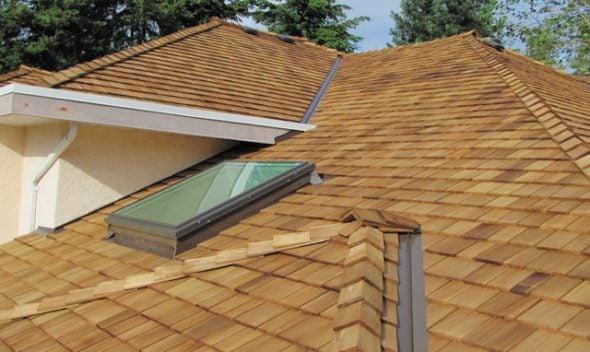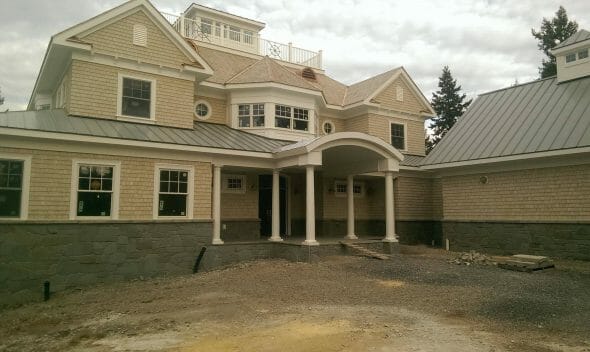WHAT CAN BE DONE?
Cedar roofing should be cleaned regularly, spring and fall, with medium pressure or enough to remove debris that accumulated during the previous months, and inspected in preparation for the next season.
Damaged and prematurely deteriorated shakes/shingles should be replaced. Ridge caps often separate due to failure of the fastener, which joins the two sides together, causing them to open up. Ridge and hip caps oppose the flow of water along the grain, so they tend to break down a little sooner than field shakes/shingles. They should be repaired or replaced as required. Even cracked or warped shakes/shingles can be replaced without losing any watershedding performance.
Cedar has natural oils and natural antifungal agents, which is why cedar trees can live over 1,000 years. Aside from pressure-treating the cedar by the manufacturer before installation, it is difficult to improve on cedar’s natural longlasting properties.
Do not use a topical treatment product that claims to be fire-retardant or have a 10-year effectiveness. Also avoid sealants, waterproofers or plasticizers, or products that contain unfortified linseed oil, diesel fuel or crankcase oil. Topical solutions such as latex, butyl or silicon, “seal” or coat the surface of the cedar preventing it from “breathing”. Anything used as a topical treatment should be labelled as a cedar roof treatment product or have a manufacturer’s letter stating that it’s appropriate for treating cedar roofs.



